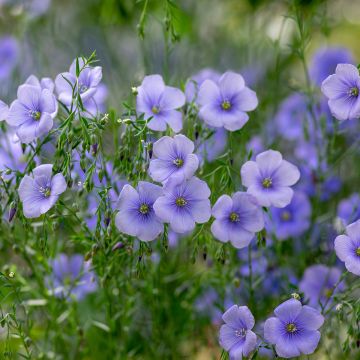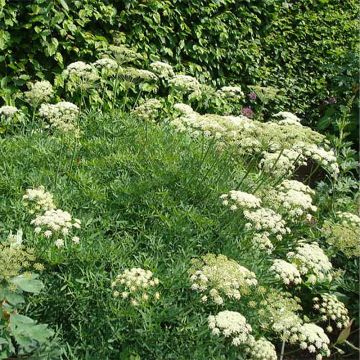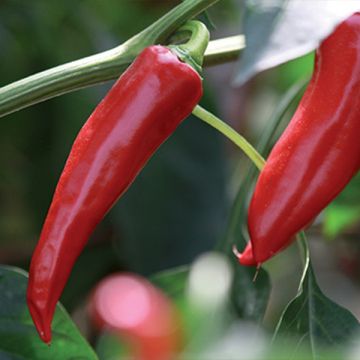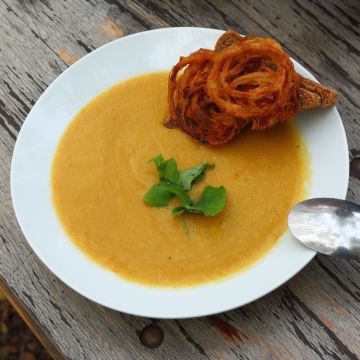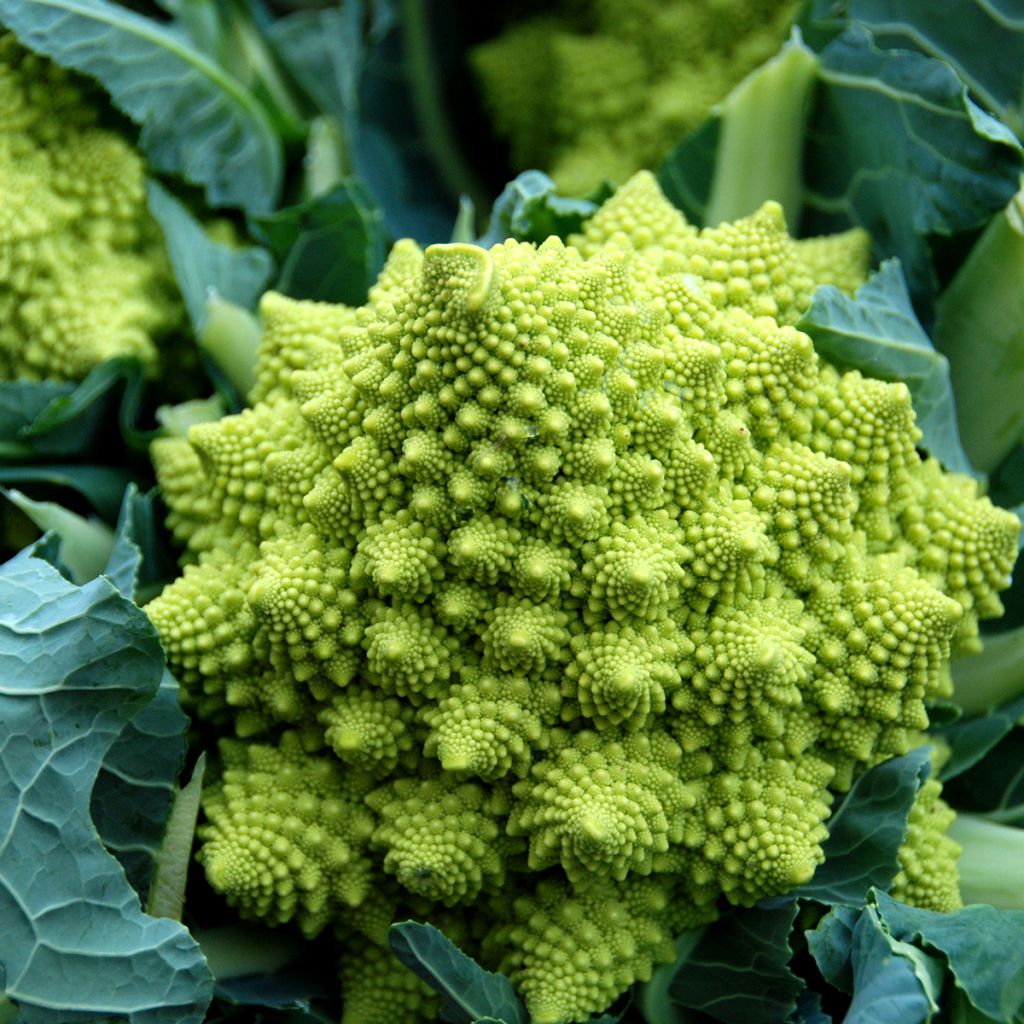

Romanesco Broccoli - Ferme de Sainte Marthe Seeds
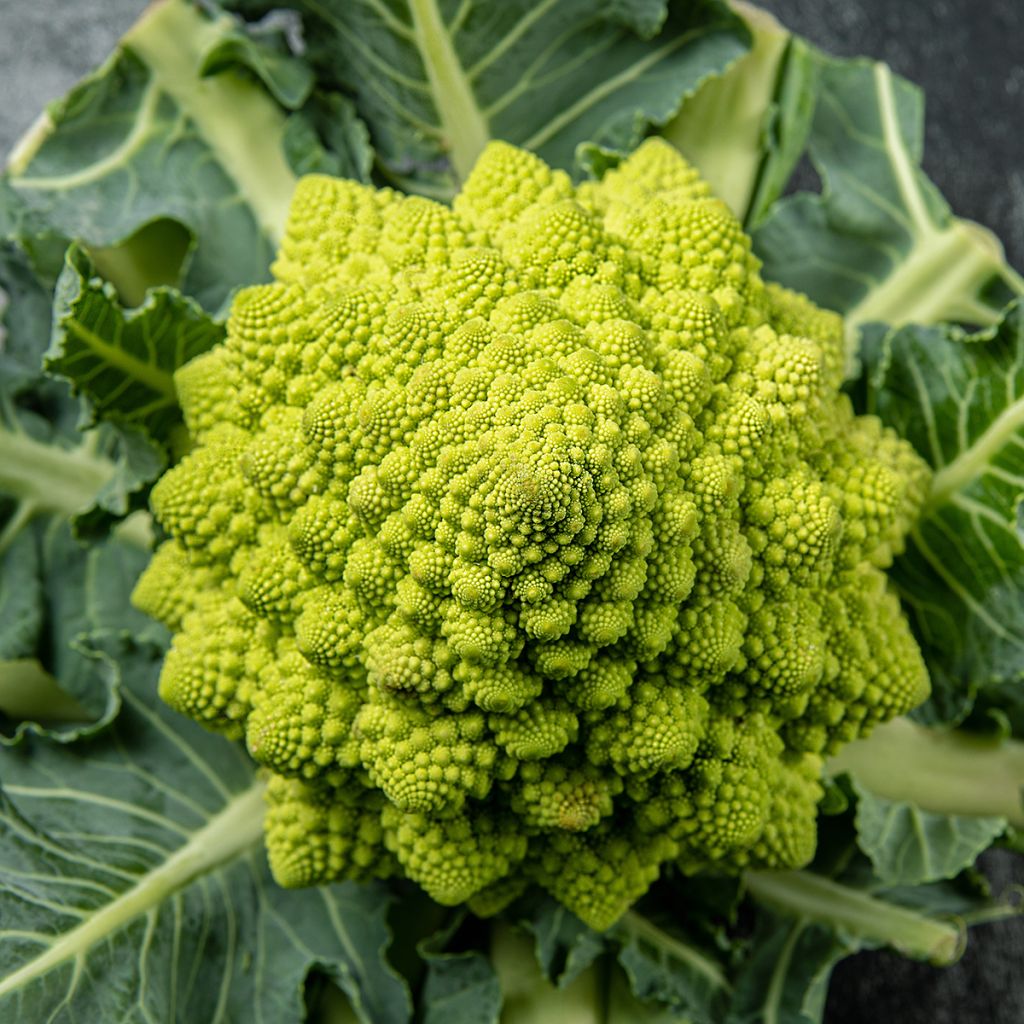

Romanesco Broccoli - Ferme de Sainte Marthe Seeds
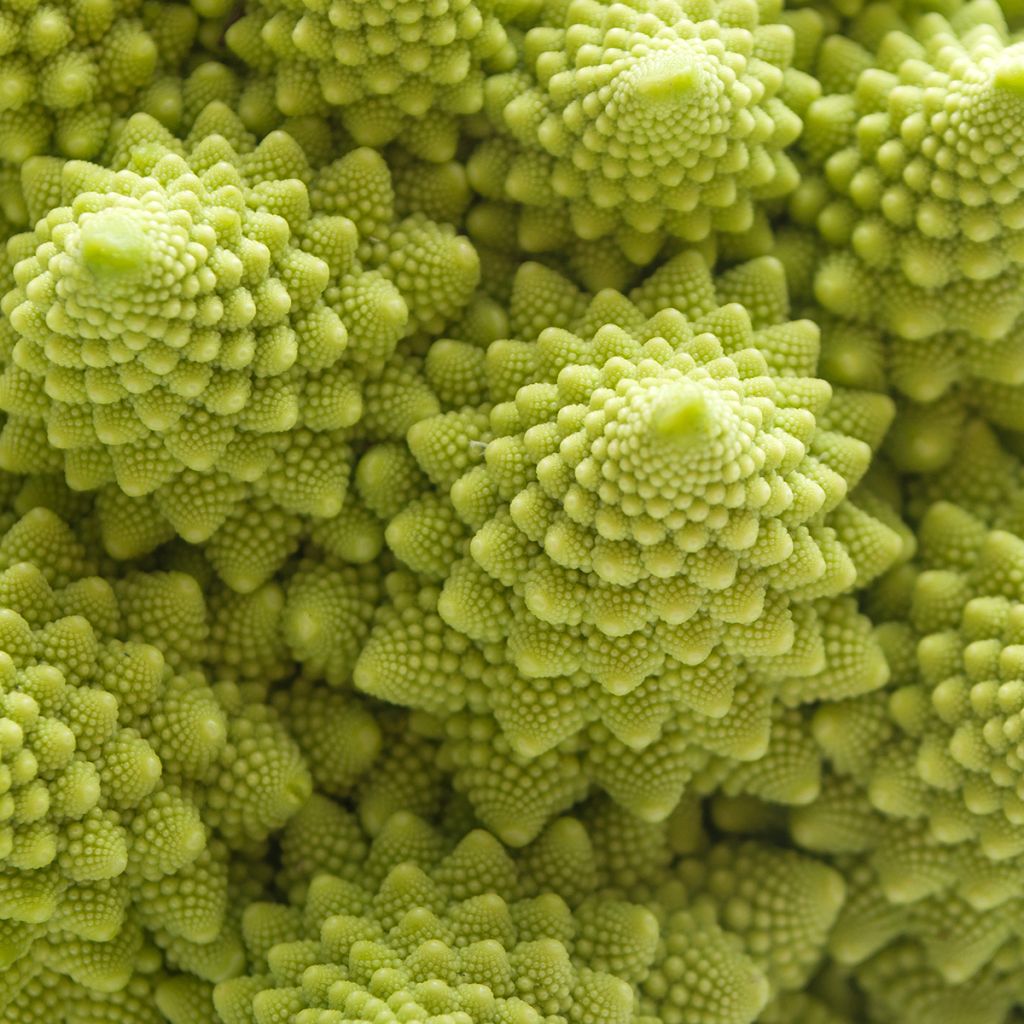

Romanesco Broccoli - Ferme de Sainte Marthe Seeds
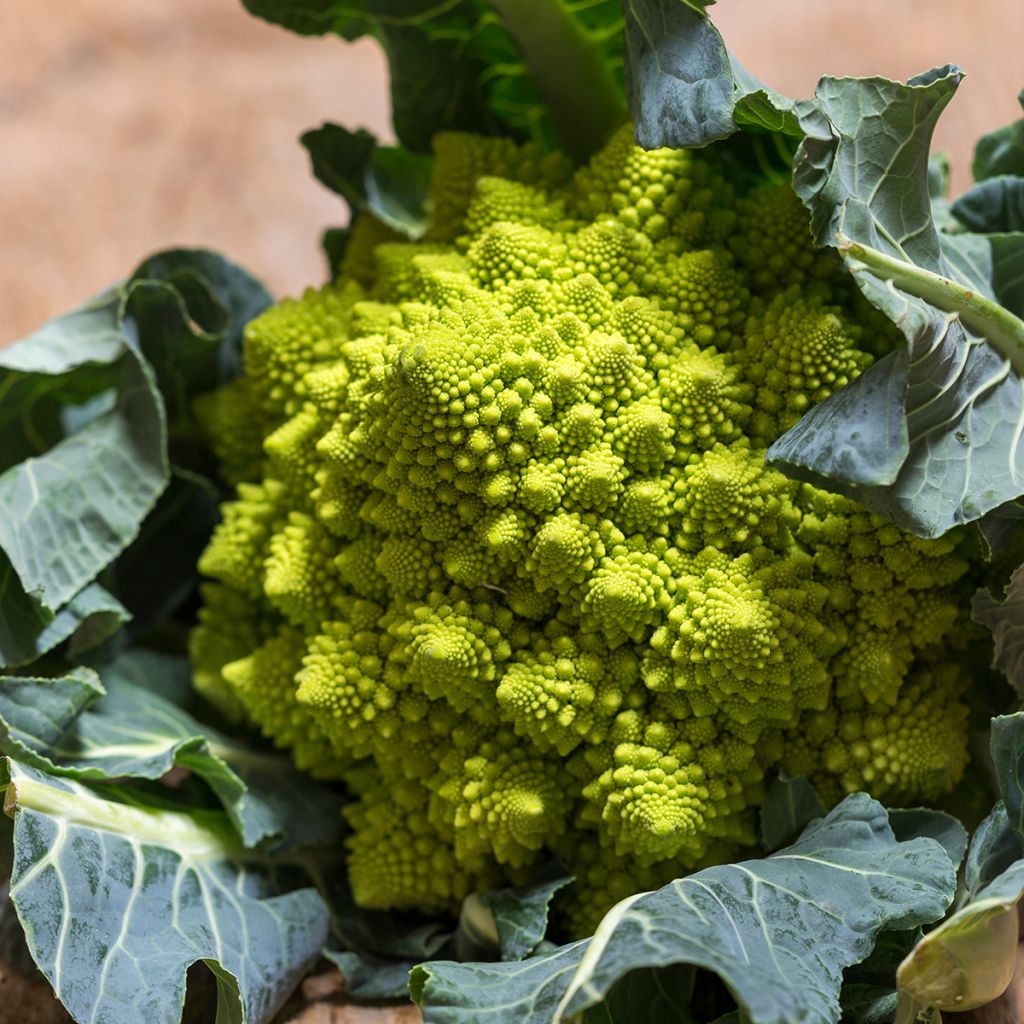

Romanesco Broccoli - Ferme de Sainte Marthe Seeds
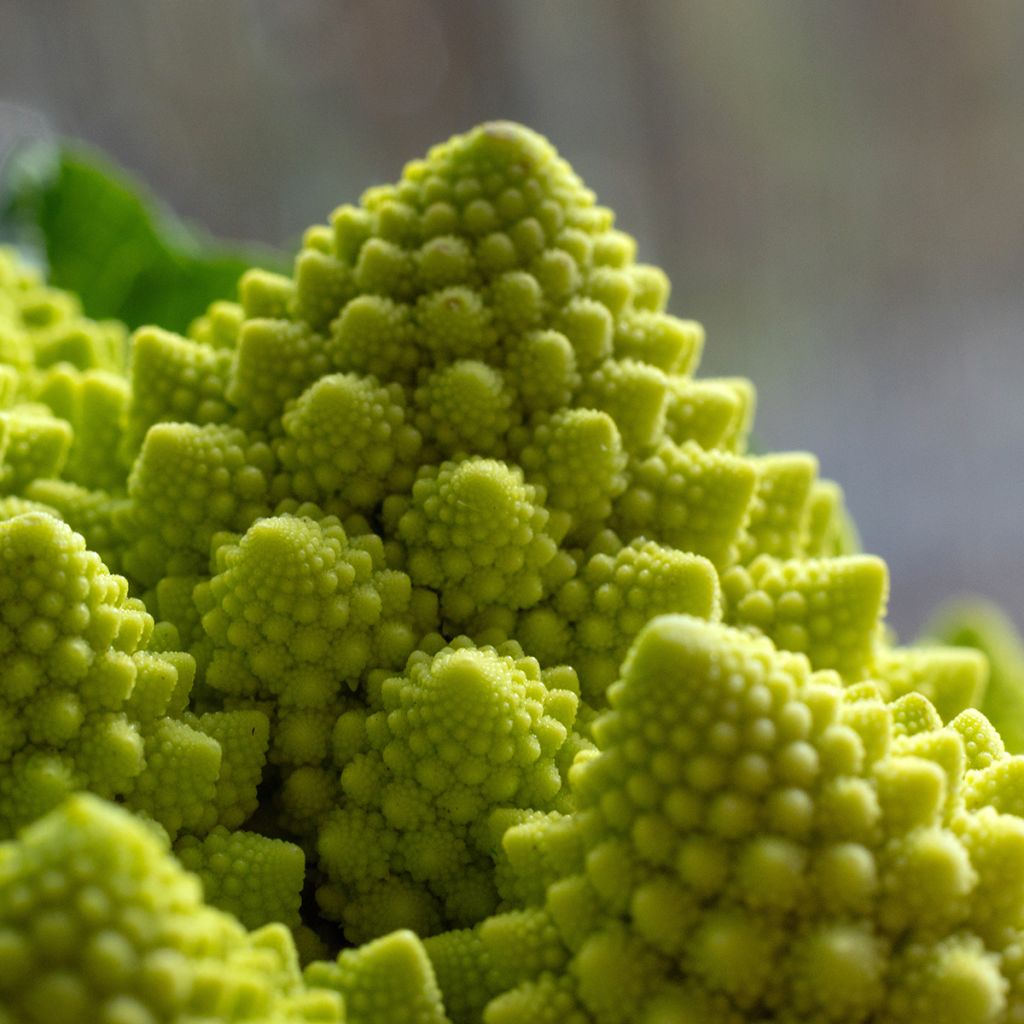

Romanesco Broccoli - Ferme de Sainte Marthe Seeds


Romanesco Broccoli - Ferme de Sainte Marthe Seeds
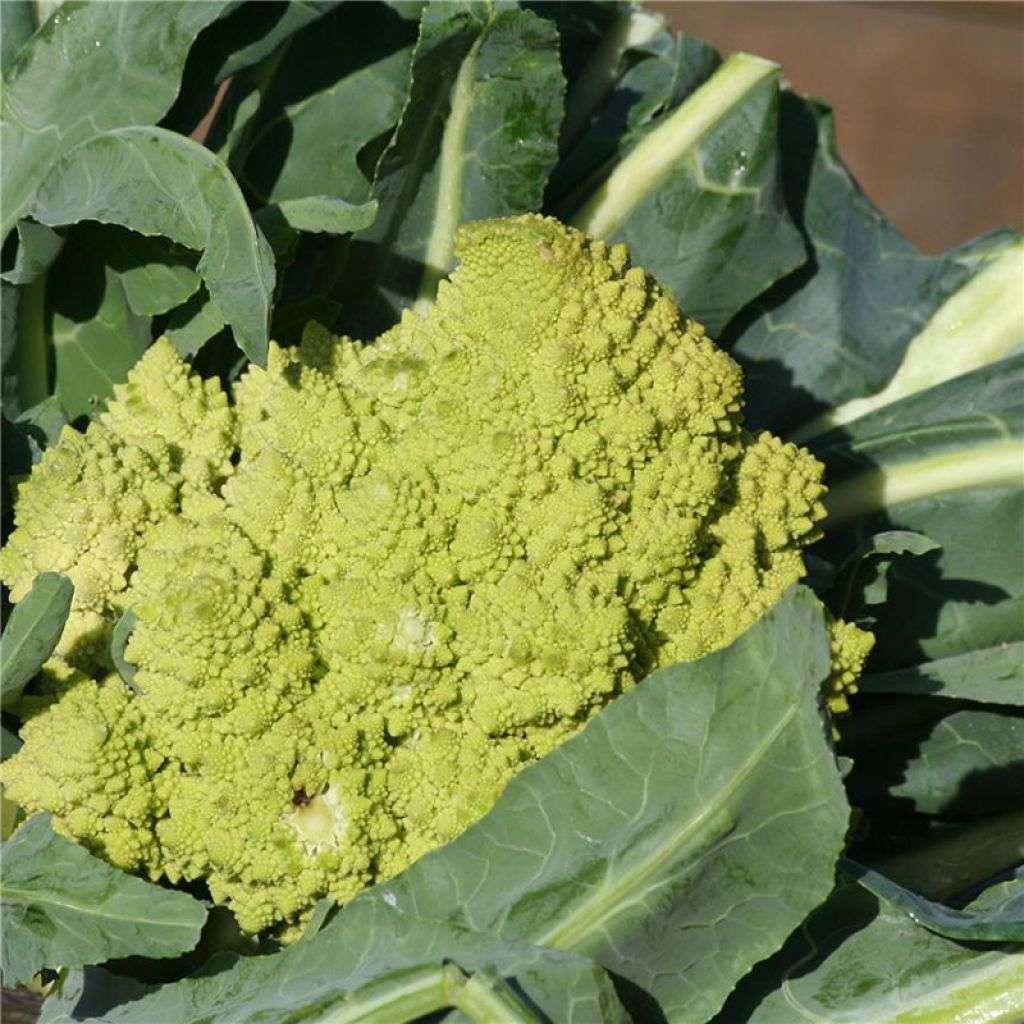

Romanesco Broccoli - Ferme de Sainte Marthe Seeds
Romanesco Broccoli - Ferme de Sainte Marthe Seeds
Brassica oleracea botrytis Romanesco
Romanesco Broccoli
Special offer!
Receive a €20 voucher for any order over €90 (excluding delivery costs, credit notes, and plastic-free options)!
1- Add your favorite plants to your cart.
2- Once you have reached €90, confirm your order (you can even choose the delivery date!).
3- As soon as your order is shipped, you will receive an email containing your voucher code, valid for 3 months (90 days).
Your voucher is unique and can only be used once, for any order with a minimum value of €20, excluding delivery costs.
Can be combined with other current offers, non-divisible and non-refundable.
Home or relay delivery (depending on size and destination)
Schedule delivery date,
and select date in basket
This plant carries a 6 months recovery warranty
More information
We guarantee the quality of our plants for a full growing cycle, and will replace at our expense any plant that fails to recover under normal climatic and planting conditions.
Description
Romanesco broccoli is a remarkable Italian vegetable, similar to cauliflower in taste and texture. It forms beautiful whorled, apple green heads that are very ornamental and have a subtle, delicate nutty flavour. It is sown from May to June and harvested from August to December.
Romanesco broccoli, also known as Roman cauliflower, belongs to the large Brassicaceae family (ex-Cole family). This biennial plant is grown as an annual for its edible flower heads that are harvested just before they start to bloom. It is native to Italy where it has been grown since the 16th century. Romanesco Broccoli has a delicate, nutty taste. It is delicious lightly steamed and added to gratins, quiches, purées or stews. It also goes very well with curry. From a nutritional point of view, it is very healthy: it is low in calories but very rich in vitamins, fibre and minerals.
Romanesco Broccoli is an easy vegetable to grow as long as you meet its basic requirements: deep, rich soil, and regular watering. It enjoys plenty of sun and generally does well in cool and rainy climates.
Harvesting: To harvest Romanesco Broccoli, simply cut off the central flower head with a sharp knife when it feels suitably compact and heavy.
Storage: Fresh Romanesco broccoli does not keep very well. It is best to eat it quickly after harvesting, although it will keep for a few days in the refrigerator. It is also possible to freeze the florets, after having blanched them in boiling salty water for a few minutes.
Good to know: For the past few years, swede midges (Contarinia nasturtii) have been causing considerable damage to brassica plants. We recommend protecting your crops with insect netting from mid-May to mid-July.
Even if the vegetable garden is first and foremost a place for growing great quality veg, it’s always a good idea to leave a bit of room for flowers. Growing flowers alongside your vegetable plants will make your general gardening experience more enjoyable and is a great way to attract pollinators and repel garden pests! Flowers such as gaillardia, marigolds, zinnias, cosmos or nasturtiums can be sown in and around the rows of vegetables. Herbs such as dill can be very useful also. Bear in mind that some companion plants self-seed easily and can be a bit invasive (borage, chives, lemon balm etc.)
NB. Organic seeds (in French "AB" for "Agriculture Biologique") are produced from plants that aren't treated with phytosanitary products (insecticides, weed killers). The seeds do not undergo post-harvest treatment. They carry the AB label and are approved by Ecocert, an independent structure.
Report an error about the product description
Harvest
Plant habit
Foliage
Botanical data
Brassica
oleracea
botrytis Romanesco
Brassicaceae
Romanesco Broccoli
Cultivar or hybrid
Annual
Planting and care
Sowing:
The germination temperature of Romanesco Cauliflower is around 15°C (minimum 7°C - maximum 20°C) and takes about 14 days.
Sowing period: from May to June
Harvest period: from August to December
You can either directly sow the seeds in the ground or prepare seedlings that will later be planted in their final position in the garden.
Preparation of seedlings: Under shelter or in a nursery in the garden for the rest of the year (according to the recommended sowing period), sow the seeds at a depth of 1 to 2 cm in a good seed compost or fine soil. Lightly cover with compost and remember to keep the substrate moist but not waterlogged.
When the young plants appear strong enough to be handled, transplant them into pots if necessary before planting them in the garden, when there is no longer any risk of frost. During planting, respect the recommended spacing for direct sowing.
Direct sowing: In properly amended and finely worked soil, make furrows about one or two centimeters deep, spaced 60 centimeters apart. Sow the seeds and cover them with a thin layer of fine soil. When the seedlings are well developed, thin them out, leaving one plant every 60 centimeters.
Cultivation:
Romanesco Cauliflower is grown in full sun. It is a demanding vegetable that requires well-fertilized soil, rich in nitrogen and potassium. It is advisable to make a generous compost addition (about 3/4 kg per m2) preferably in autumn, by digging to a depth of 5 cm, after loosening the soil, as for any vegetable cultivation. It is not very tolerant of soil pH, which should be between 5.6 and 6.5. In acidic soil, it will be necessary to gradually raise the pH by adding calcium in the form of Dolomite or Lime.
Seedlings
Care
Intended location
This item has not been reviewed yet - be the first to leave a review about it.
Similar products
Haven't found what you were looking for?
Hardiness is the lowest winter temperature a plant can endure without suffering serious damage or even dying. However, hardiness is affected by location (a sheltered area, such as a patio), protection (winter cover) and soil type (hardiness is improved by well-drained soil).

Photo Sharing Terms & Conditions
In order to encourage gardeners to interact and share their experiences, Promesse de fleurs offers various media enabling content to be uploaded onto its Site - in particular via the ‘Photo sharing’ module.
The User agrees to refrain from:
- Posting any content that is illegal, prejudicial, insulting, racist, inciteful to hatred, revisionist, contrary to public decency, that infringes on privacy or on the privacy rights of third parties, in particular the publicity rights of persons and goods, intellectual property rights, or the right to privacy.
- Submitting content on behalf of a third party;
- Impersonate the identity of a third party and/or publish any personal information about a third party;
In general, the User undertakes to refrain from any unethical behaviour.
All Content (in particular text, comments, files, images, photos, videos, creative works, etc.), which may be subject to property or intellectual property rights, image or other private rights, shall remain the property of the User, subject to the limited rights granted by the terms of the licence granted by Promesse de fleurs as stated below. Users are at liberty to publish or not to publish such Content on the Site, notably via the ‘Photo Sharing’ facility, and accept that this Content shall be made public and freely accessible, notably on the Internet.
Users further acknowledge, undertake to have ,and guarantee that they hold all necessary rights and permissions to publish such material on the Site, in particular with regard to the legislation in force pertaining to any privacy, property, intellectual property, image, or contractual rights, or rights of any other nature. By publishing such Content on the Site, Users acknowledge accepting full liability as publishers of the Content within the meaning of the law, and grant Promesse de fleurs, free of charge, an inclusive, worldwide licence for the said Content for the entire duration of its publication, including all reproduction, representation, up/downloading, displaying, performing, transmission, and storage rights.
Users also grant permission for their name to be linked to the Content and accept that this link may not always be made available.
By engaging in posting material, Users consent to their Content becoming automatically accessible on the Internet, in particular on other sites and/or blogs and/or web pages of the Promesse de fleurs site, including in particular social pages and the Promesse de fleurs catalogue.
Users may secure the removal of entrusted content free of charge by issuing a simple request via our contact form.
The flowering period indicated on our website applies to countries and regions located in USDA zone 8 (France, the United Kingdom, Ireland, the Netherlands, etc.)
It will vary according to where you live:
- In zones 9 to 10 (Italy, Spain, Greece, etc.), flowering will occur about 2 to 4 weeks earlier.
- In zones 6 to 7 (Germany, Poland, Slovenia, and lower mountainous regions), flowering will be delayed by 2 to 3 weeks.
- In zone 5 (Central Europe, Scandinavia), blooming will be delayed by 3 to 5 weeks.
In temperate climates, pruning of spring-flowering shrubs (forsythia, spireas, etc.) should be done just after flowering.
Pruning of summer-flowering shrubs (Indian Lilac, Perovskia, etc.) can be done in winter or spring.
In cold regions as well as with frost-sensitive plants, avoid pruning too early when severe frosts may still occur.
The planting period indicated on our website applies to countries and regions located in USDA zone 8 (France, United Kingdom, Ireland, Netherlands).
It will vary according to where you live:
- In Mediterranean zones (Marseille, Madrid, Milan, etc.), autumn and winter are the best planting periods.
- In continental zones (Strasbourg, Munich, Vienna, etc.), delay planting by 2 to 3 weeks in spring and bring it forward by 2 to 4 weeks in autumn.
- In mountainous regions (the Alps, Pyrenees, Carpathians, etc.), it is best to plant in late spring (May-June) or late summer (August-September).
The harvesting period indicated on our website applies to countries and regions in USDA zone 8 (France, England, Ireland, the Netherlands).
In colder areas (Scandinavia, Poland, Austria...) fruit and vegetable harvests are likely to be delayed by 3-4 weeks.
In warmer areas (Italy, Spain, Greece, etc.), harvesting will probably take place earlier, depending on weather conditions.
The sowing periods indicated on our website apply to countries and regions within USDA Zone 8 (France, UK, Ireland, Netherlands).
In colder areas (Scandinavia, Poland, Austria...), delay any outdoor sowing by 3-4 weeks, or sow under glass.
In warmer climes (Italy, Spain, Greece, etc.), bring outdoor sowing forward by a few weeks.




































